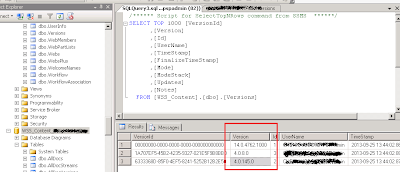What is SharePoint ?
What is a SharePoint?
Microsoft describes SharePoint 2010 as the business productivity platform for the enterprise and
the Internet.
*Collaborate — As you move throughout this book, you’ll see the notion of collaboration
is a very strong theme for SharePoint. This is because SharePoint is about bringing people
together through different types of collaboration, such as enterprise content management
(ECM), Web content management (WCM), social computing through the use of wikis or
blogs, creating dashboards to fulfill your business intelligence (BI) needs, and so on.
* Interoperability — SharePoint is also about bringing this collaboration together through
interoperability. This means Office client and Web-based document integration, and the
capability to build and deploy Office business applications (OBAs) — custom solutions that
integrate line-of-business (LOB) data with SharePoint and Office, integrating with Web 2.0
technologies, or deploying applications to the cloud. It also means enhanced security through
an evolved security model called Claims-Based Authentication that helps facilitate integration
with other line-of-business (LOB) systems.
*Platform — As you’ll see, SharePoint is a platform that supports not only interoperability
and collaboration but also extensibility, through a rich object model, a solid set of developer
tools, and a growing developer community.
These are three key themes that you will find crop up throughout most discussions of SharePoint
and implicitly through many of the capabilities you’ll get to explore throughout this book.
At its essence, SharePoint is a Web-based platform that provides the following:
* A set of native capabilities to support productivity and collaboration
* An extensible set of APIs and services
* A configuration engine that provides rich administrative abilities

Comments
Post a Comment